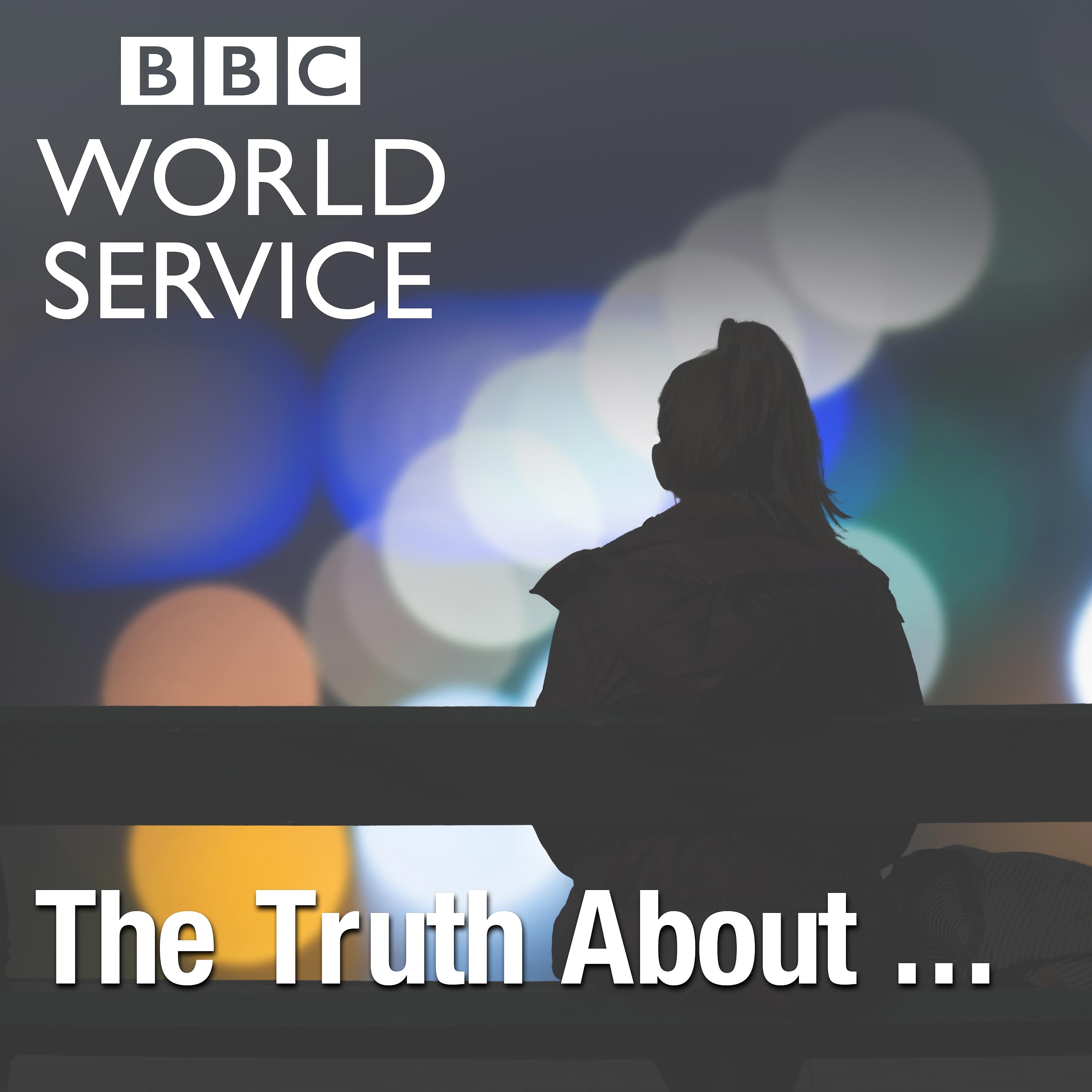Life and Death: When Are we Dead?

b'
Huge advances in technology now mean people can be kept alive longer, blurring the boundary between life and death. This intensifies the dilemmas for doctors, patients and their families. Different cultures and religions have reacted in a variety of ways - from preserving life at all costs, to euthanasia, with many countries sitting somewhere in between.\\n \\nClaudia visits Jerusalem in Israel to explore how the religions there, shaped over many centuries, have adapted to medical advances at the end of life. She discovers how Ariel Sharon\\u2019s final years, ventilated to keep him alive, illustrate the pivotal role religion plays.
Jewish law forbids any act which could hasten a person\\u2019s death. So, unlike many countries around the world, Israeli law prohibits the withdrawal of life support, such as a ventilator, from patients who are dying. But the law also prevents ventilators from being withdrawn from patients who are not dying, who have been saved by modern medicine yet depend on a ventilator to breathe.
With unique access, Claudia visits Herzog hospital on the outskirts of Jerusalem, where patients lie in beds, kept alive on ventilators. Many are unconscious but some are aware of their surroundings. She hears from the families of patients, some who have been there for many years.\\n \\nIt is only lawful to turn a ventilator off in Israel when a patient is confirmed dead. Yet fierce religious debate continues about how death should be actually defined. While \\u2018brain stem death\\u2019 criteria are usually used, there are sections of the ultra-orthodox Jewish community who argue that the final heart beat is the critical moment, with huge implications for end of life care.
(Photo credit: By kind permission of Herzog Hospital)
'